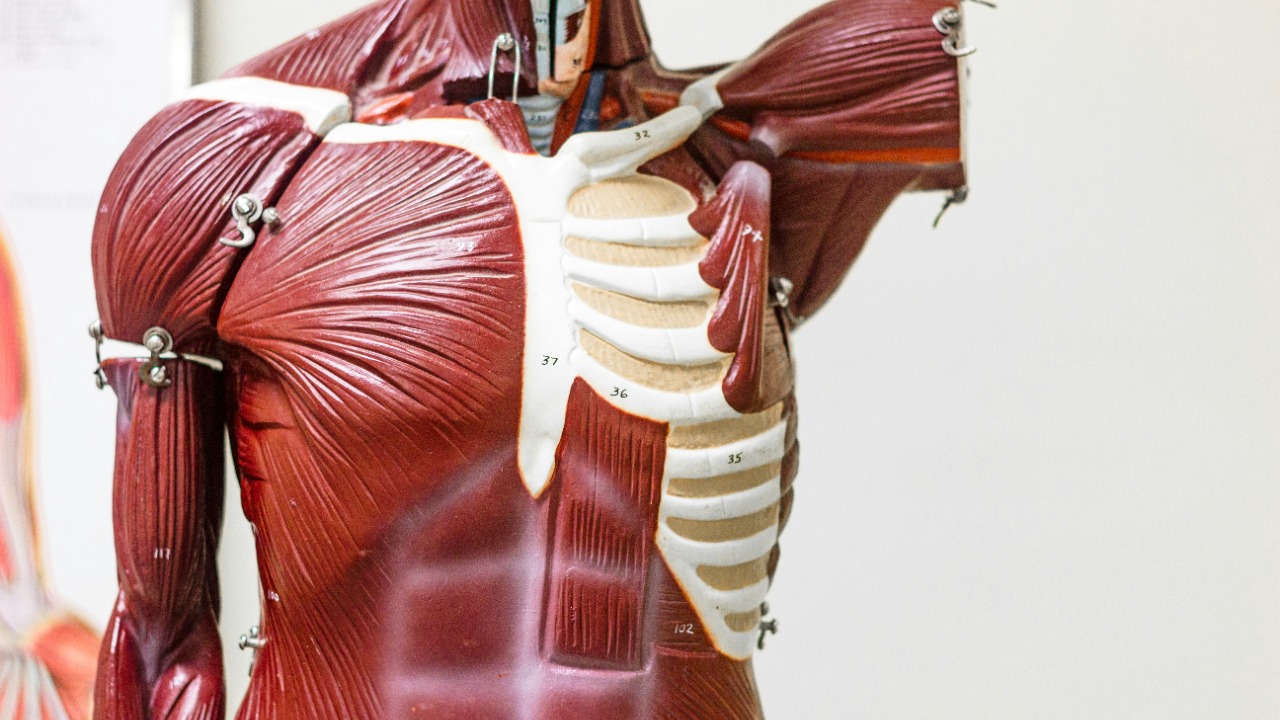
On November 10, 2025, scientists achieved a significant milestone in the field of biotechnology by 3D printing muscle tissue in microgravity. This groundbreaking experiment was conducted with the ultimate aim of creating human organs from scratch, a development that could revolutionize the field of organ transplantation.
The Basics of 3D Bioprinting in Space
3D bioprinting is a technology that layers living cells to form tissue structures. This technology was initially targeted by scientists aiming to 3D bioprint human tissue in space in 2022. The bioprinting equipment used in space missions is unique, adapted to function in a zero-gravity environment. It uses bioinks composed of cells and supportive materials to create the desired tissue structures.
The concept of using space for bioprinting was born out of the need to overcome gravitational limitations on cell alignment. In the absence of gravity, cells can be arranged in a more controlled manner, paving the way for more complex tissue structures.
Advantages of Microgravity for Tissue Formation
Microgravity offers several advantages for tissue formation. It prevents the sedimentation of cells during printing, allowing for more uniform tissue layers. This was evidenced in the recent experiment where scientists 3D printed muscle tissue in microgravity.
Furthermore, cell viability and fusion are improved in zero gravity, reducing stress on biological materials compared to Earth conditions. The International Space Station (ISS) has been instrumental as a testing ground for these microgravity experiments, providing valuable insights into the potential of space-based bioprinting.
Breakthrough in Muscle Tissue Printing
The specific achievement of 3D printing muscle tissue in microgravity marks a significant step toward the creation of functional organ prototypes. The printed muscle tissue is composed of skeletal muscle cells designed to contract and respond to stimuli, mimicking the behavior of natural muscle tissue.
The long-term vision of this experiment is to enable personalized medicine by creating human organs from scratch. This could potentially address the global organ shortage and reduce the need for organ donors.
Speed Enhancements in Zero Gravity Printing
One of the most remarkable outcomes of the recent experiment is the speed at which muscle tissue can be printed in zero gravity. As demonstrated on November 3, 2025, scientists can print muscle tissue in seconds in zero gravity, a process that would take hours or even days on Earth.
This acceleration is due to the lack of gravity-induced settling that often clogs printers in normal conditions. The speed of printing in zero gravity could potentially scale to printing larger tissue samples, paving the way for the assembly of full organs.
Upcoming Missions Involving Organ Tissues
Building on the success of the muscle tissue printing, a new SpaceX mission is set to launch 3D printed liver tissue to the ISS. The liver tissue, composed of hepatocyte cells printed into scaffold structures, will be studied for its metabolic function in orbit.
This mission is part of broader efforts in 3D bioprinting human tissue in space, initiated in 2022. It represents another step towards the ultimate goal of creating human organs from scratch.
Challenges in Scaling to Full Organs
Despite these advancements, there are still significant hurdles to overcome. One of the key challenges is vascularization, where printed tissues need blood vessel integration to sustain larger organ sizes. There are also biological integration issues to consider, such as ensuring printed tissues remain viable post-return from microgravity environments like the ISS.
Furthermore, there are regulatory and ethical considerations for using space-printed organs in human transplants. These issues will need to be addressed as scientists continue to work towards the goal of making human organs from scratch.
Future Implications for Medicine and Space Exploration
The potential medical applications of space-based bioprinting are immense. Producing transplantable organs could significantly reduce organ waitlists, a goal that has been a driving force behind scientists’ efforts to 3D bioprint human tissue in space.
For astronauts, on-demand tissue repair during long-duration missions could become a reality, supported by the rapid zero gravity printing techniques. Future research could involve combining muscle and liver tissues in hybrid prints, building on the upcoming SpaceX liver tissue launch.
More from MorningOverview